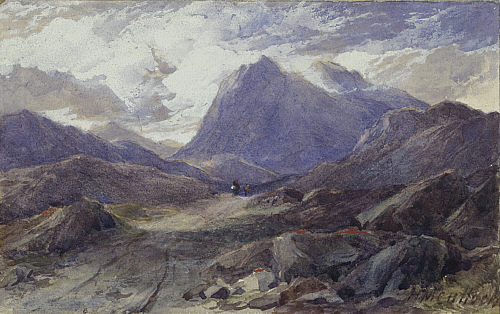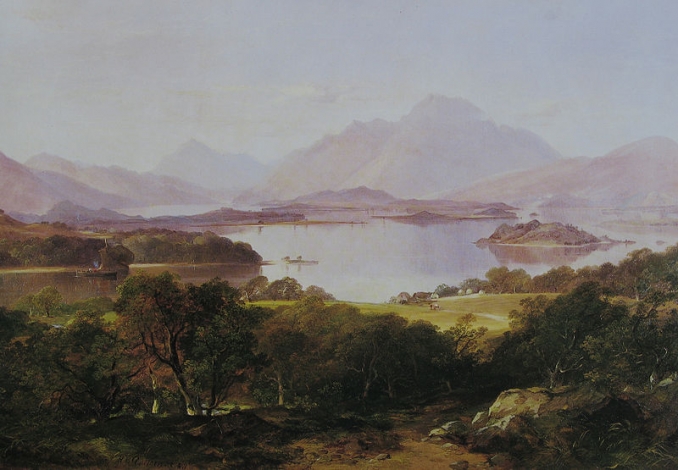Ice: The great sculptor of the Scottish landscape
The land area of Scotland is 30,414 square miles (78,770 km2), with the mainland of Scotland having 6,160 miles (9,910 km) of coastline. The physical features of Scotland having been formed by the action of tectonic plates, and later erosion arising from glaciation. The beauty of the towering mountains, shimmering lochs, deep glens and rolling hills owe much to the force of ice that sculptured Scotland's landscapes during the last 'Ice Age'. Wearing it down, the smoothing and shaping of bedrock, transporting and depositing rock debris.
An example would be Loch Ness, which is located in the Great Glen (Scottish Gaelic: An Gleann Mòr). The Great Glen follows the line of a large geographical fault which has been active for some 400 million years. Loch Ness as we know it today dates back to the end of the last Ice Age when the Great Glen was filled by a large glacier. Glaciation in the last Ice Age began 33,000 years ago and reached its height about 22,000 years ago. Powerful ice streams shaped the area of Loch Ness where they carved a deep a glacial trough from the existing valley and formed a deep rock basin on its floor.
Now a £3.7million research project, using high level CT scans, has surveyed coastal areas around Shetland and the north west of Scotland. With a higher degree of certainty than achieved before they have been able to date the end of the last ice age in Scotland. According to the Britice-Chrono project, radiocarbon dates from shells place the ice sheet margin in the Minch (a strait in north-west Scotland), to around 20,000 years ago. By 16,000 years ago the ice was back on land but by 2,000 years later, 14,000 years ago, virtually all the ice in Scotland had melted. This information is not just of historical interest. Now as ice sheets around parts of Antarctica have been rapidly decreasing, the scientists hope this research will provide insight as to what impact this will have in the future. Providing further important insights into modern climate warming, which is causing such a rapid and alarming melt of polar ice caps.







